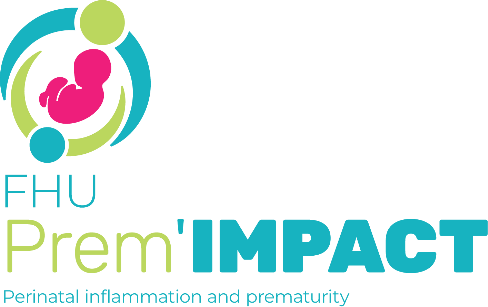Abstract
Aim: Neonatologists are exposed to ethical issues and unplanned emergencies that require 24-h in-house coverage. These elements may affect quality of life at work, which we surveyed.
Methods: This was a self-administered, voluntary and anonymous cross-sectional survey of French neonatologists. An online questionnaire was sent to members of the French Society of Neonatology from June to October 2022.
Results: Of approximately 1500 possible responses, 721 were analysed, with a response rate of 48%. Respondents were mostly women (77%), aged 35-50 years (50%), and hospital practitioners (63%). Reported weekly working time was over 50 h for 80%. Among the 650 neonatologists with on-call duty, 47% worked ≥5 shifts per month. For 80% of practitioners, on-call duty was perceived to have a negative impact on personal life; 49% indicated having sleep disorders. The mean satisfaction score at work was 5.7 ± 1.7 on a scale of 0-10. The main reasons for dissatisfaction were excessive working hours and insufficient remuneration for on-call duty.
Conclusion: This first evaluation of the quality of life at work of French neonatologists showed high workload. The working conditions and specificities of NICU activity may have significant consequences for their mental health.
